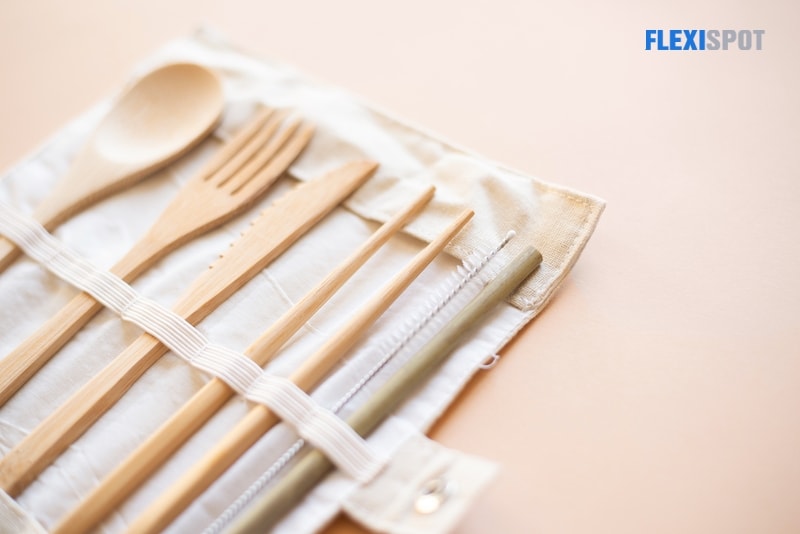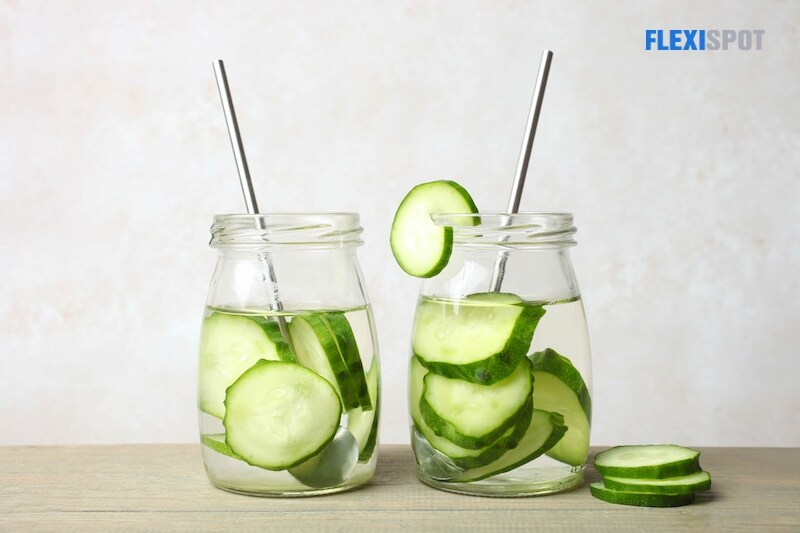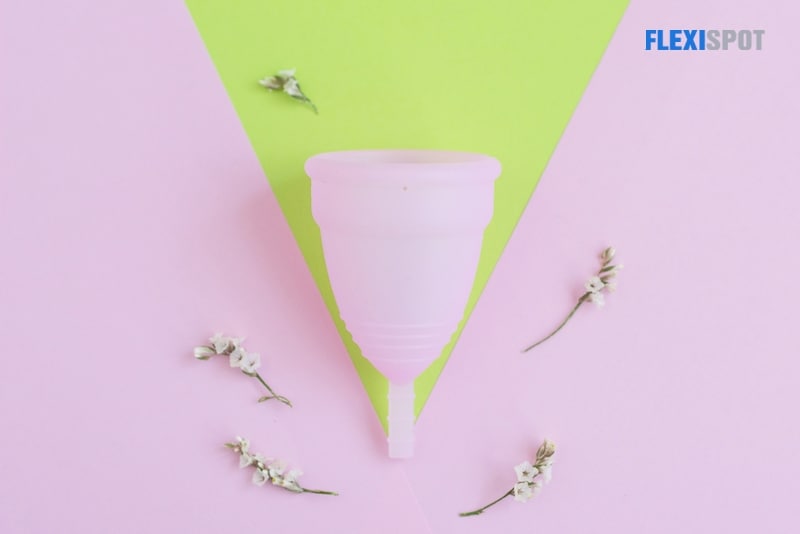Sustainability has become more than just a buzzword. Today’s society has picked up on its importance to save Planet Earth and on the urgency of climate action. While a drastic industrial revolution is what is needed, it doesn’t hurt that consumers are being more mindful of their choices to lead a sustainable lifestyle.
According to the United Nations Environment Programme, sustainable living entails “understanding how our lifestyle choices impact the world around us and finding ways for everyone to live better and lighter.” To add, McGill University defines sustainability as “meeting our own needs without compromising the ability of future generations to meet their own needs.”
The lifestyle that we choose to live today will greatly impact the lives of future generations. It is quite a daunting task especially that we have been served this world and have gotten used to how it runs on a daily basis. Introducing new products into our routines takes time, money, and effort that not everyone can afford. Livelihoods, as result, economies are also greatly reliant on industries that are deemed harmful to the environment.
It’s an ongoing debate because sustainability, in part, remains to be an elitist concept and a lifestyle that is more prevalent in developed countries. But if you are able and willing, there are many ways to start living a sustainable lifestyle. One of these is owning your own sustainable lifestyle kit to reduce the waste you consume on a daily basis. Here are some essentials that any environmental advocate must have in their sustainable kits:
1. Cutlery
If you’re eating at a fast-food chain, the tendency is to use single-use plastic spoons and forks. Say no to those by bringing your own cutlery. These are durable and would last you a long time. They even come in a pouch or bag that’s really cute and gender-neutral!
2. Water Tumbler
According to the Container Recycling Institute, more than 60 million plastic bottles go to landfills and incinerators every single day. Be part of the solution instead of the problem by saying no to plastic water bottles. Bring your own water tumbler instead. Carrying one in a public space may influence others to follow suit.
3. Canvas Bag
A reusable bag inside your kit will always come in handy, especially when you’re out shopping in the market. Some vendors might give you single-use plastics and if you don’t have a canvas or reusable bag within reach, your tendency is to just use the plastic being handed to you. But you’re not supposed to say yes to things just because they’re convenient. Part of living a sustainable lifestyle is being mindful of our actions and the repercussions they may cause. Having a reusable bag already means a lot.
4. Reusable Straw
According to a 2018 study cited by National Geographic, 8.3 billion of plastic straws pollute the world’s beaches. 500 million of which are used every day and only in the United States alone. Having a readily available reusable straw will help you in avoiding single-use straws. And in recent years, the companies have been listening! Starbucks phased out its plastic straws in 2020. McDonald’s in the UK will ban plastic straws in U.K. and Ireland branches. Alaska Airlines won’t be using any plastic straws and stirrers.
5. Coffee mug
If you’re a coffee-lover, best have a coffee mug in your sustainable lifestyle kit. We separate this from your water tumbler which is obviously for water. A coffee mug will ideally be able to withstand the temperature of the hot coffee. So always prepare with a coffee mug for a coffee fix that does not hurt the environment.
6. Handkerchief or cloth napkin
When you have a runny nose in public or are eating outside with your family or friends, the tendency is to reach for tissue or paper towels. Even though they are not made of plastic, the paper also accounts for 25% of landfill waste. Reduce the use of paper and plastic by using reusables. Always have in your pocket or bag your cloth napkin.
7. Menstrual cup
Many have attested to the benefits of using this life-changing cup. Sanitary pads and tampons have long been used in the modern era so shifting to a menstrual cup is scary for most. Contrary to popular belief, the menstrual cup has been around since the 1930s and has only gained commercial viability in recent years.
According to Stanford magazine, approximately 12 billion pads and 7 billion tampons have been discarded in the US alone. Using a menstrual cup will get rid of all this waste in an instant.
8. Reusable face mask
In this time of COVID-19, always make sure to bring an extra pair of reusable face masks for the protection of yourself and your community.
What Else You Can Do
Aside from having your own sustainable lifestyle kit, there are other things you can do to promote and advocate for sustainability:
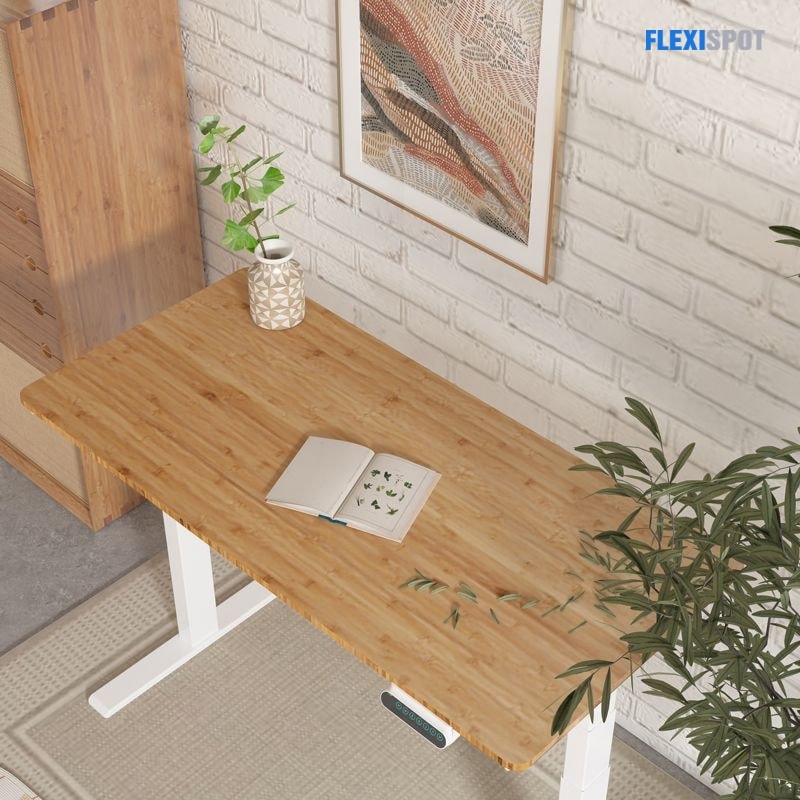
- Opt to buy products that are made of eco-friendly materials.
Check out Flexispot’s Earth-Loving collection for instance. It has the Kana table, the AlcoveRiser Bamboo Standing Desk Converter, and many more items which make use of bamboo as its main material.
- Volunteer for environmental organizations.
Be discerning as to what you will join. Why not use a singular or dual monitor mount when you look for one? The view is more spacious with two desktops and would cover more in a glance.
- Educate yourself.
Watch documentaries. Read. The monitor mounts or a standing desk converter will instantly upgrade your study station.
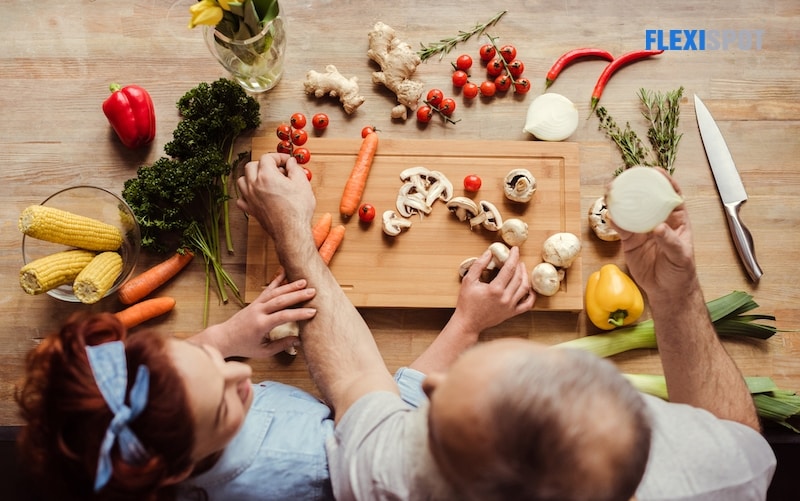
- Go vegan.
Meat consumption adds up to climate change by overproducing animals to kill and eat them on our plates. What this means is that raising more animals requires more land and water, resources that our world is slowly running out of.
- Spread information.
Share on socials the need for climate urgency.
Final Thoughts
If there’s a will, there’s a way. If you can’t start a zero-waste lifestyle just yet, try it step by step first and see how it goes. No one’s sustainable journey is perfect, but it doesn’t hurt to try living a step closer to it.
